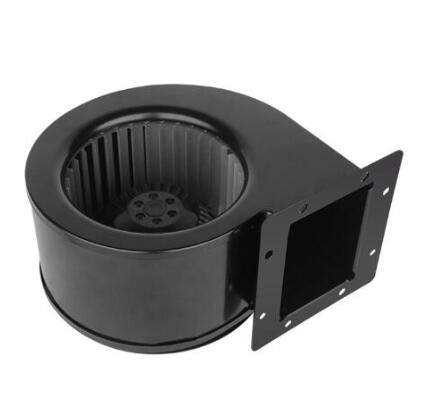Unveiling the Heartbeat: The Basic Operating Principle of AC Forward-Curved Fans in Heating and Cooling Systems
2023-12-07
Introduction:
As we step into the realm of heating, ventilation, and air conditioning (HVAC) systems, the unsung heroes known as AC forward-curved fans come into focus. These ingenious components play a crucial role in the orchestration of airflow for both heating and cooling processes. In this exploration, we unravel the basic operating principle that defines the heartbeat of AC forward-curved fans within HVAC systems.
Understanding the Core Design:
Before diving into the operational intricacies, it's essential to grasp the fundamental design of AC forward-curved fans. These fans are characterized by their unique blade curvature, resembling a hamster wheel or a squirrel cage. The blades curve in the direction of rotation, setting them apart from axial and backward-curved fans.
The Basic Operating Principle:
The operation of an AC forward-curved fan in a heating or cooling system can be distilled into several key steps:
1. Air Intake:
The process begins with the intake of air from the surrounding environment. This air can be at ambient temperature or may have been conditioned through the HVAC system.
2. Blade Rotation:
The forward-curved fan is typically connected to an electric motor. As the motor powers up, it sets the fan blades into rotation. The unique curvature of the blades facilitates the movement of air in the direction of rotation.
3. Air Acceleration:
As the fan blades rotate, they accelerate the air in the forward direction. The curvature of the blades contributes to this acceleration, generating a steady and efficient airflow.
4. Pressure Increase:
The accelerated air experiences an increase in pressure as it moves through the fan. This pressure rise is vital for overcoming resistance within the HVAC system, ensuring that the conditioned air reaches its intended destination.
5. Air Discharge:
The pressurized air is then discharged into the ductwork or the conditioned space, where it plays a crucial role in heating or cooling, depending on the system's operational mode.
6. Ventilation and Heat Exchange:
In cooling mode, the fan assists in expelling warm air from the space, facilitating heat exchange with the refrigerant. In heating mode, it helps distribute the warm air generated by the heating element or heat exchanger.
Conclusion:
The basic operating principle of AC forward-curved fans encapsulates a seamless interplay of design, rotation, and airflow acceleration. As these fans become the silent conductors orchestrating air movement within HVAC systems, understanding their fundamental operation sheds light on the efficiency and precision they bring to the realm of heating and cooling. In essence, they are the pulse that ensures a harmonious balance between comfort, ventilation, and energy efficiency in the spaces we inhabit.



